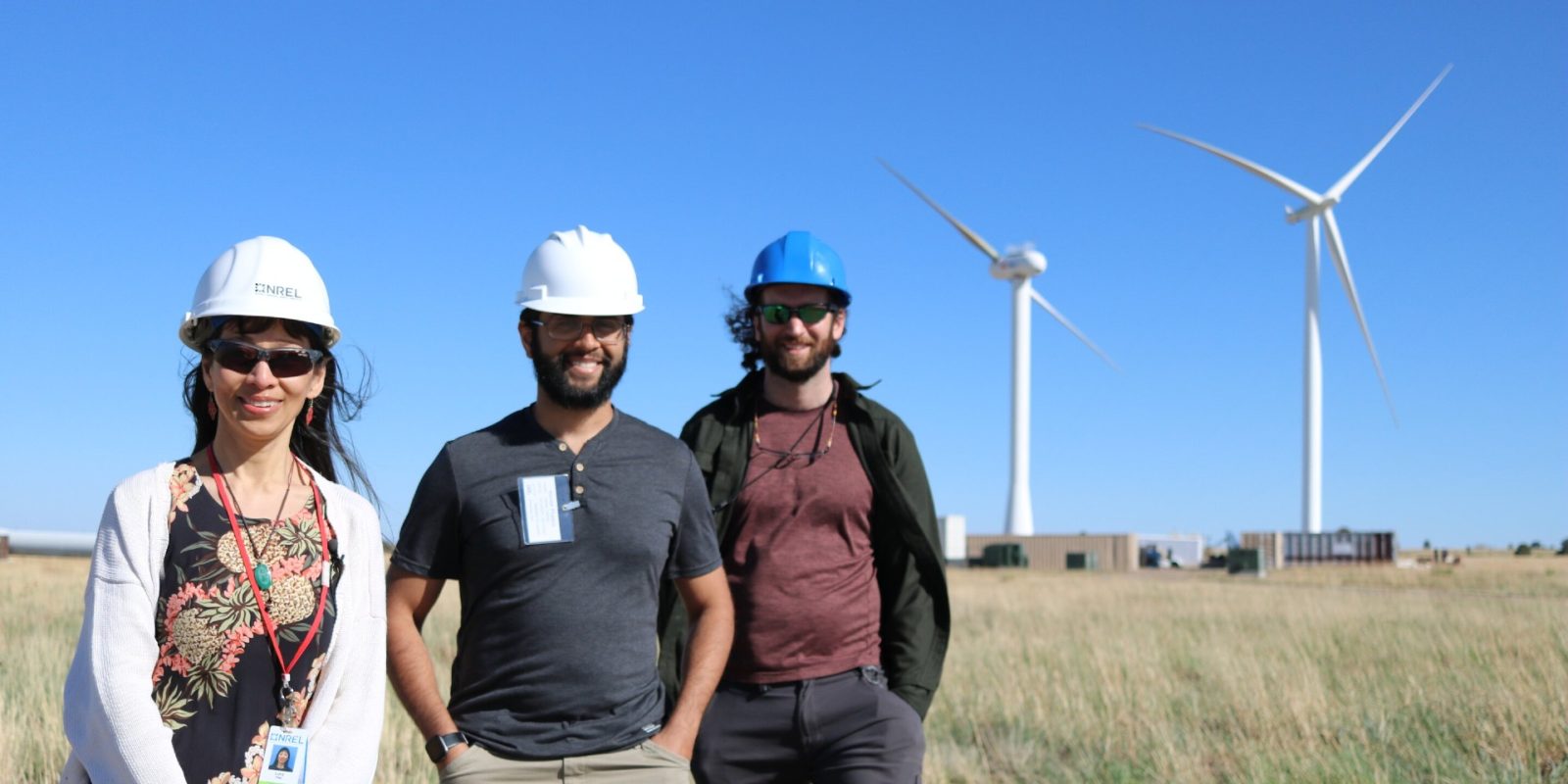
Eleven US East Coast states have already committed to procuring nearly 40 gigawatts (GW) of offshore wind power. But increasingly powerful Atlantic hurricanes will be a threat to those future offshore wind farms. A team of scientists investigated how to make offshore wind turbines more resilient – they found that when they turned an offshore wind turbine around, it was better able to withstand violent storms.
Offshore wind-farm resilience in the face of hurricanes
As explained on CU Boulder Today, researchers from the University of Colorado Boulder, the University of Virginia, the University of Texas at Dallas, the Colorado School of Mines, and the National Renewable Energy Laboratory (NREL) think the way turbines can withstand high winds is to face them downwind:
Traditional upwind turbines face the incoming wind, and to avoid being blown into the tower, their blades must be sufficiently stiff. It requires a lot of material to build these relatively thick and massive blades, which drives up their cost. Turbine blades on downwind rotors, however, face away from the wind, so there’s less risk of them hitting the tower when the winds pick up. This means they can be lighter and more flexible, which requires less material and therefore less money to make. These downwind blades can also then bend instead of break in the face of strong winds — much like palm trees.
Lucy Pao, Palmer Endowed Chair in the Department of Electrical, Computer and Energy Engineering at CU Boulder, said:
We are very much bio-inspired by palm trees, which can survive these hurricane conditions.
The research team built a 53.38-kilowatt turbine known as SUMR-D – Segmented Ultralight Morphing Rotor demonstrator. Their turbine features two light and flexible blades and a downwind rotor. It was tested in a four-year study at the NREL Flatirons Campus south of Boulder.
The SUMR-D features an improved controller, the “brain of the system,” which determines when to ramp up or down when it’s producing power:
The yaw controller makes sure the turbine is facing the correct direction, the blade pitch controller determines the direction of the blades (dependent on the wind speeds), and the generator torque controller decides how much power to pull off the turbine and onto the grid. While it controls physical components of the turbine, these controllers are essentially a software algorithm that tells the motors what to do.
SUMR-D turbine performed consistently and efficiently in high winds. The researchers also think that their control algorithms could apply to traditional three-bladed upwind turbines too.
Read more: Carolina Long Bay offshore wind auction secures $315M in high bids
Photo: CU Boulder
UnderstandSolar is a free service that links you to top-rated solar installers in your region for personalized solar estimates. Tesla now offers price matching, so it’s important to shop for the best quotes. Click here to learn more and get your quotes. — *ad.
FTC: We use income earning auto affiliate links. More.






Comments